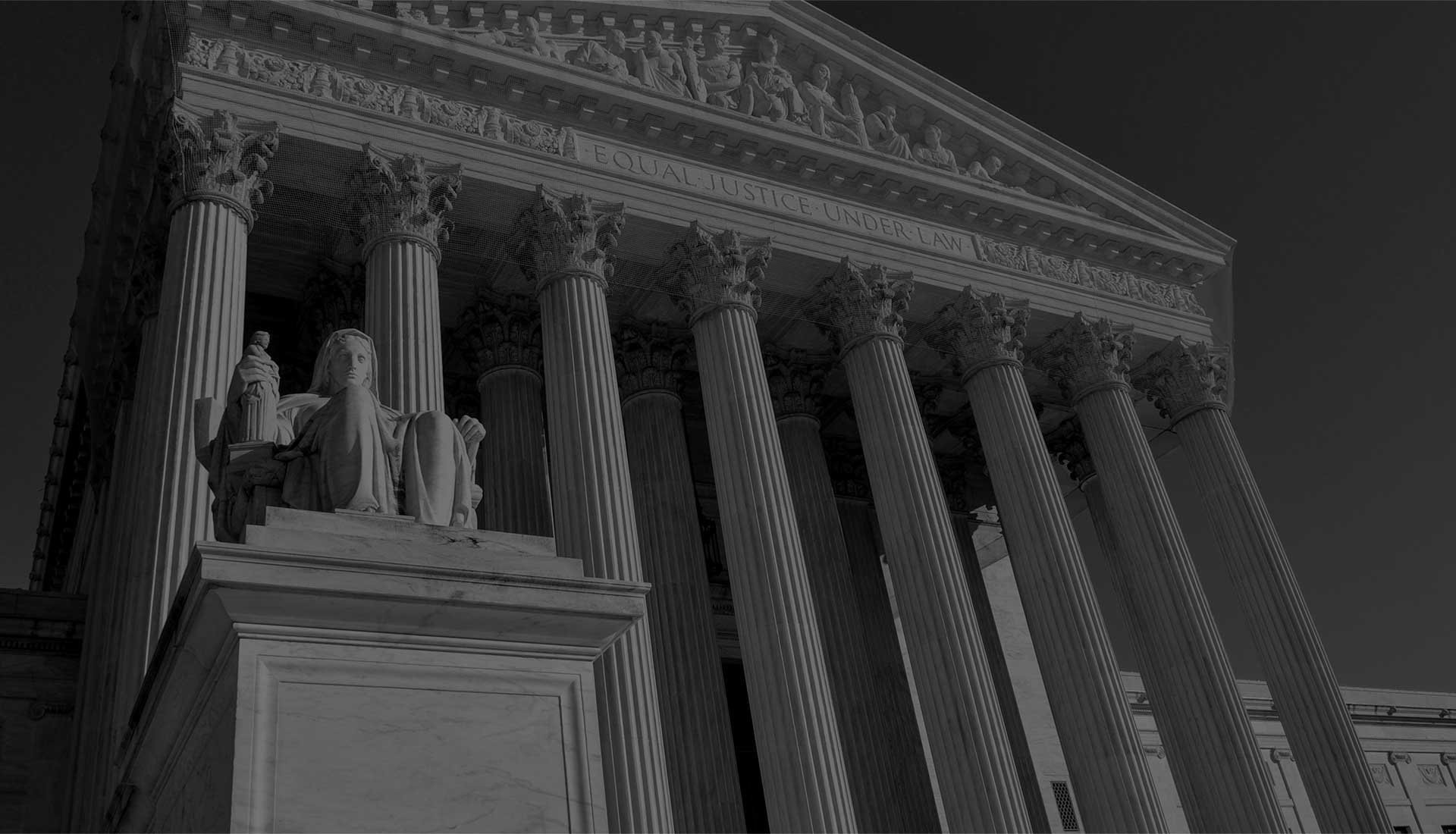State Rewards Aggressive Police Officers

As the ongoing “Drive Sober Or Get Pulled Over” anti-DUI campaign kicks it up a notch for the Christmas-New Year’s Day holiday, officials recognized twelve individuals at the 2016 Governor’s Impaired Driving Enforcement Awards.
Kentucky State Police Commissioner Richard Sanders said the twelve received awards because of their aggressive enforcement of the state’s DUI laws, because “Impaired driving is one of the deadliest crimes in this nation and it impacts thousands of innocent lives every day.” Beginning Dec. 15 and continuing for two weeks, state and local law enforcement officers will participate in the nationwide, government-funded “DSOGPO” effort. This campaign normally includes both saturation patrols and what the government calls “high-visibility enforcement,” which is a euphemism for roadside checkpoints. Advocates claim that this aggressive tactic is one of the best ways to reduce DUI incidents.
In Kentucky in 2015, 5,900 alcohol-involved crashes killed 162 people and seriously injured more than 3,100 others.
Saturation Enforcement
In Selective Traffic Enforcement Programs (STEP), supervisors order all officers, including non-patrol officers, in many cases, to congregate in a certain area and enforce a certain law, such as DUI. Because of their relative inexperience and the not-so-subtle pressure to make arrests, many of these cases are based on weak evidence.
Until very recently, attorneys could challenge these stops based on a lack of reasonable suspicion. But in several recent decisions, such as 2014’s Heien v. North Carolina, the Supreme Court substantially expanded police powers to stop suspicious individuals. In Heien, an officer pulled over a car because it had only one working taillight, a common police tactic. However, since North Carolina’s oddly-worded law only requires vehicles to have one working taillight, Mr. Heien’s lawyer moved to suppress the stop and thus have the case thrown out. But in a 7-2 decision, the Justices upheld the stop. Writing for the Court, Chief Justice John Roberts ruled that officers are entitled to “‘fair leeway for enforcing the law'” and “‘the mistakes. . .of reasonable men'” are acceptable.
Roadside Checkpoints
Officers do not need reasonable suspicion to pull over vehicles at designated DUI checkpoints. The Supreme Court legalized checkpoints in 1990; however, they must meet stringent criteria. Some of these criteria include:
- Supervisor-Level Decisions: Officers on the street can have no discretion when it comes to setting up or operating the checkpoint.
- Neutral Formula: Instead of randomly pulling over vehicles that “don’t look right,” officers must pull over every third vehicle or stick to another preset proportion.
- Identification: Signage must clearly explain what the checkpoint is for and what motorists are supposed to do; similarly, they must be advertised in advance to give drivers the opportunity to avoid them.
- Minimal Detention: A two or three-minute delay is usually reasonable,but anything greater than that may be excessive.
Officers have the right to inspect documents like drivers’ license and insurance paperwork, but unless the drivers give consent or they are placed under arrest, officers normally do not have the authority to search the car without a warrant.
If you or a loved one gets caught in the holiday DUI dragnet, contact Glasgow Attorney Gary S. Logsdon for a free consultation. Home and jail visits are available.

